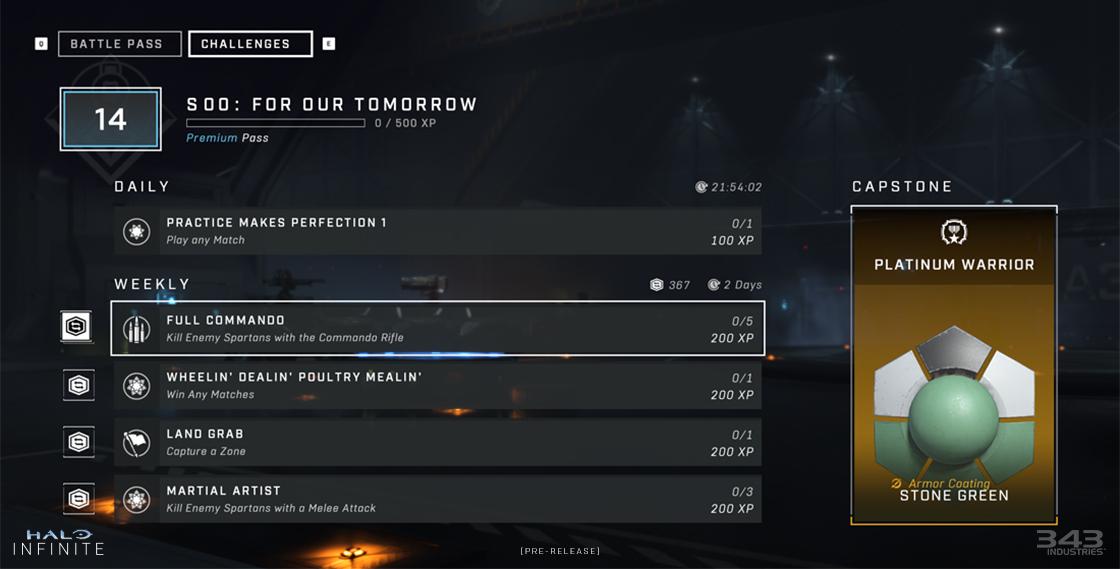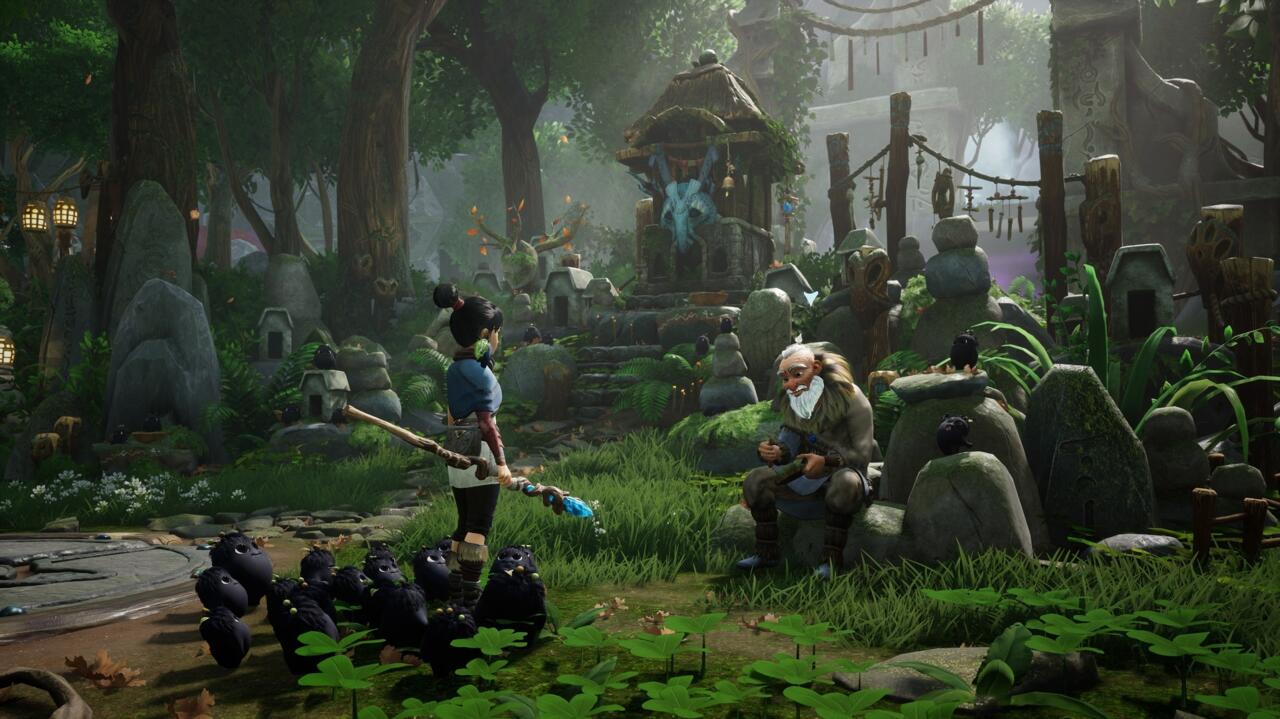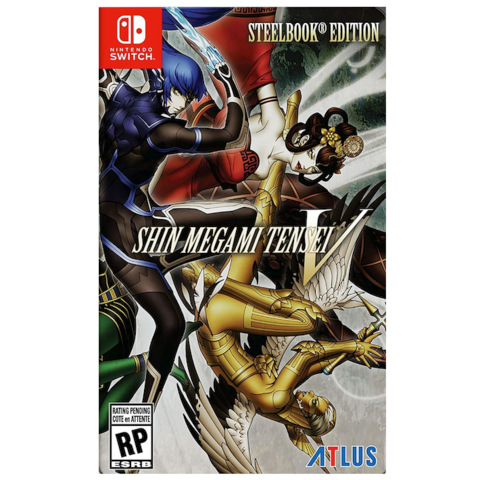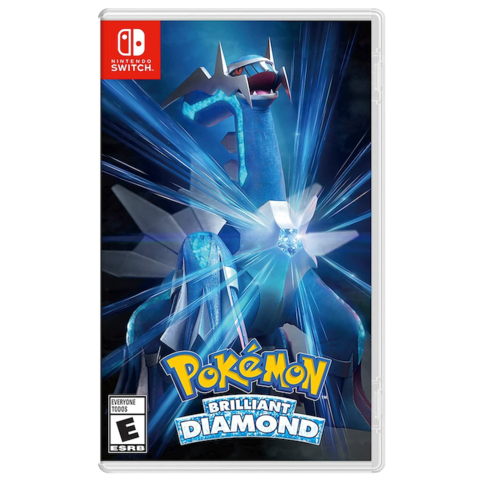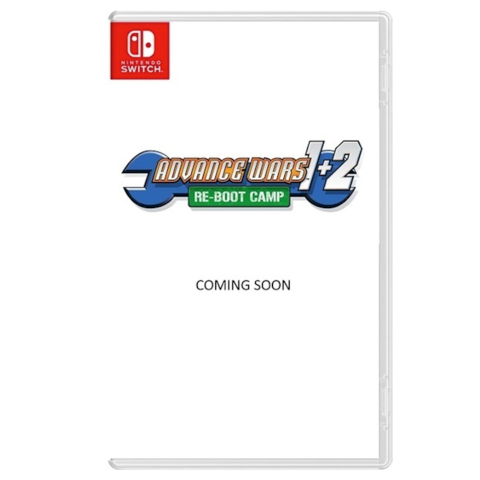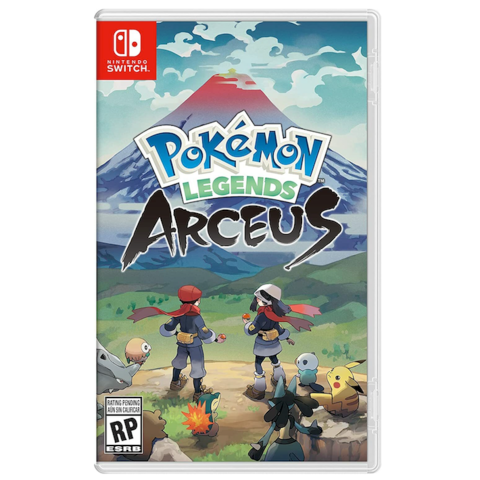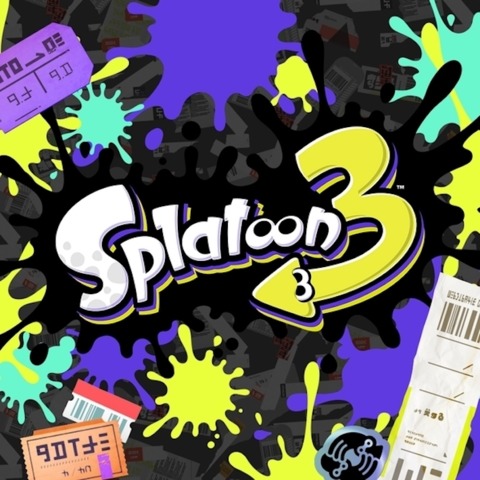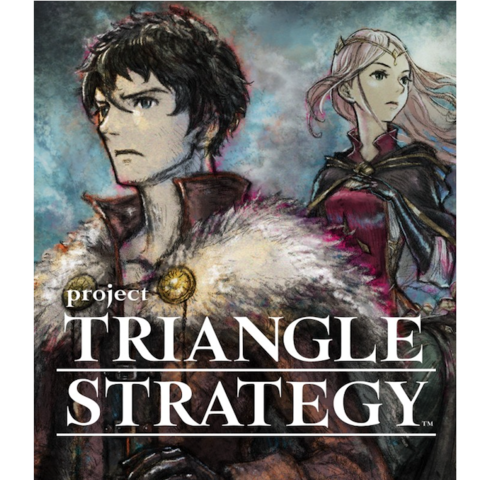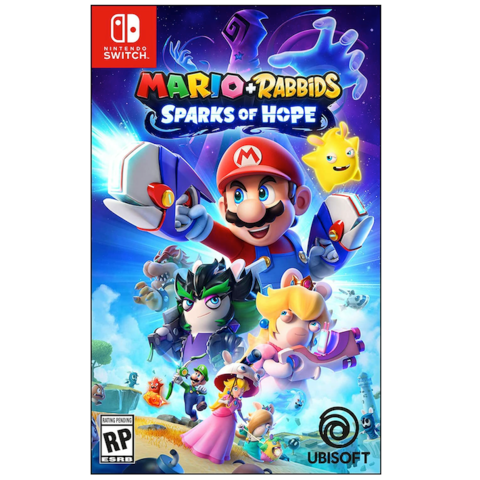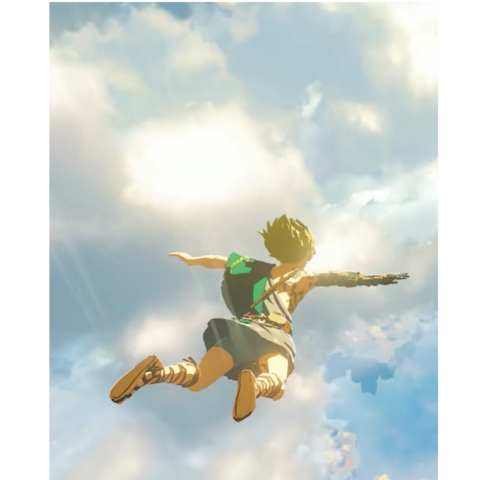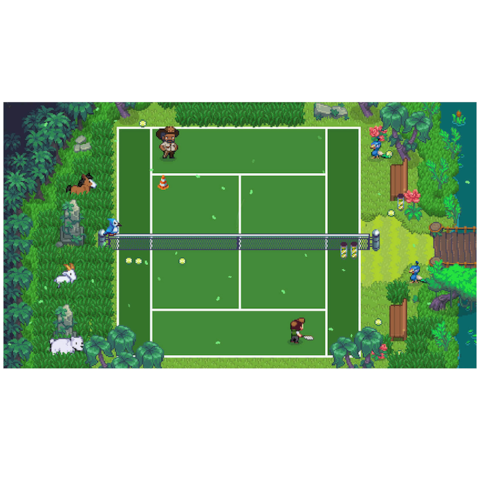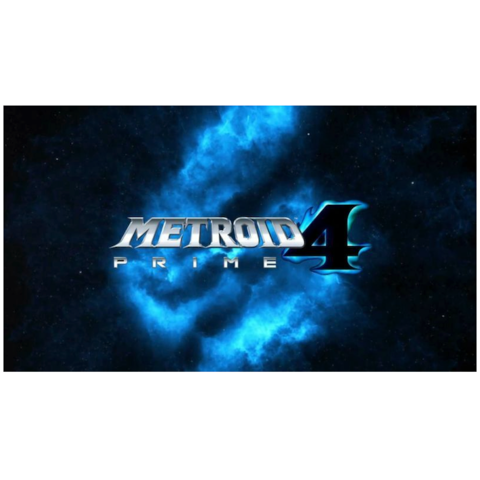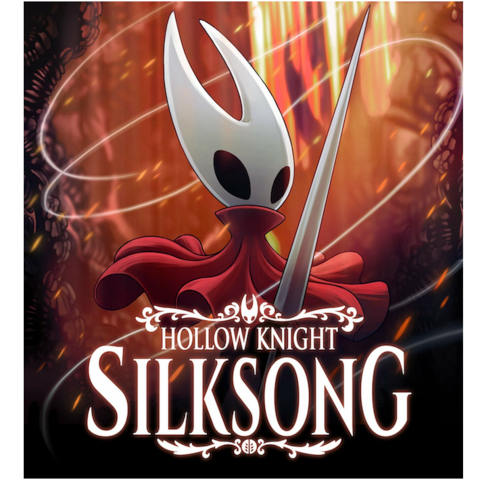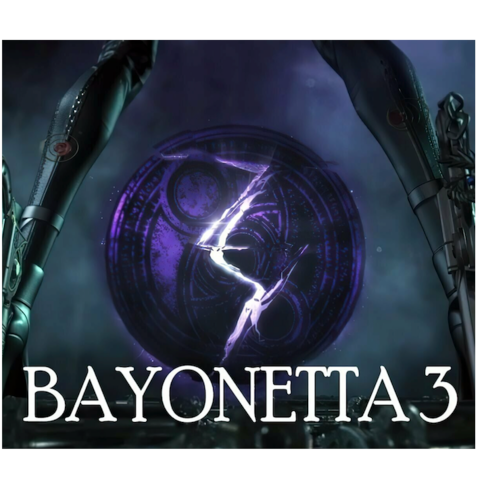Microsoft’s backwards compatibility team created a system called FPS Boost, and it does just that–it increases the frames per second for Xbox games on Xbox Series X and S. In some cases, frame rates can be doubled, which in turn can make games look and run smoother to provide a better experience overall. Not every game Xbox game uses FPS Boost, but plenty do–close to 100 as of September 2021–and we’re rounding them all up here.
Another important thing to know is that, to unlock higher frame rates, some games make a compromise that brings down the resolution to accommodate this. In these cases, which Microsoft says only make up “select” group of titles, FPS Boost is not automatically toggled on for Xbox Series X specifically. However, if you do what to experience higher frame rates at the tradeoff of lower resolution, you can toggle it on manually. Here’s a video explaining how:
There is also a new guide overlay located in the upper right corner when you tap the Xbox button on your controller that lets you know if FPS Boost is enabled or not. An extensive breakdown of FPS Boost and troubleshooting support can be found on Microsoft’s website.
How To Enable/Disable FPS Boost
Microsoft’s support site mentions that most games that use FPS Boost have it toggled on by default. For those where it must be triggered manually, all you have to do is:
- Go into the “Manage game” page for the title
- Check the box for FPX boost
To disable FPS Boost, uncheck the box. This also applies to the auto HDR settings for a game.
Some games, like Battlefield 1 and Star Wars Battlefront II, support frame rates up to 120fps. But you will need a supported TV or monitor for this. If you’re in the market for a new TV, you can check out GameSpot’s list of the best 4K/120fps TVs for gaming. Also of note is that, because of the increased horsepower of the Series X relative to the Series S, some games on Series S may not have frame rates as high as on Series X.
How To Enable 120fps
Microsoft’s support site has a full rundown of how to enable 120fps for your games, provided they support this increased frame rate and you have a compatible TV. Here are the instructions:
- Make sure that your console is on the latest update:
- Press the Xbox button to open the guide, and then select Profile & system > Settings > System > Updates.
- Apply any updates listed as needed.
- Make sure that your TV supports the 120 Hz refresh rate. This varies by TV model. Be sure to consult your owner’s manual for your TV to enable this.
- Change your console display settings to 120 Hz:
- Press the Xbox button to open the guide, and then select Profile & system > Settings > General > TV & display options.
- Select Refresh rate > 120 Hz.
- Enable FPS boost in the compatibility settings for the game:
- In My games & apps, highlight the game desired, and then press Menu > Manage game & add-ons > Compatibility options.
- Enable FPS boost.
You can see the full rundown of Xbox games that support FPS boost below, as compiled by Microsoft’s Major Nelson. We will update this post if and when more games are added.
Xbox Games With FPS Boost
As of September 2021:
| Title | Xbox Series X | Xbox Series S | Off by Default on Series X |
|---|---|---|---|
| Alien Isolation | 60hz | 60hz | |
| Anthem | 60hz | Not available | x |
| Assassin’s Creed III Remastered | 60hz | 60hz | x |
| Assassin’s Creed Rogue Remastered | 60hz | 60hz | |
| Assassin’s Creed The Ezio Collection | 60hz | 60hz | |
| Assassin’s Creed Unity | 60hz | 60hz | |
| Battle Chasers: Nightwar | 60hz | 60hz | |
| Battlefield 1 | 120hz | not available | x |
| Battlefield 4 | 120hz | 120hz | |
| Battlefield Hardline | 120hz | 120hz | |
| Battlefield V | 120hz | not available | x |
| Beholder Complete Edition | 60hz | 60hz | |
| Dead Island Riptide: Definitive Edition | 60hz | not available | |
| Deus Ex: Mankind Divided | 60hz | 60hz | |
| Dirt 4 | 120hz | not available | |
| Dishonored Definitive Edition | 60hz | 60hz | |
| Dishonored: Death of the Outsider | 60hz | 60hz | x |
| Don’t Starve: Giant Edition | 120hz | 120hz | |
| Dragon Age Inquisition | 60hz | 60hz | |
| Dungeon Defenders II | 60hz | 60hz | |
| Dying Light | 60hz | not available | |
| Fallout 4 | 60hz | 60hz | x |
| Fallout 76 | 60hz | 60hz | x |
| Far Cry 4 | 60hz | 60hz | |
| Far Cry 5 | 60hz | 60hz | x |
| Far Cry New Dawn | 60hz | 60hz | x |
| Far Cry Primal | 60hz | 60hz | |
| Gears of War 4 | 60hz | 60hz | |
| Golf with your Friends | 120hz | 120hz | |
| Halo Wars 2 | 60hz | 60hz | |
| Halo Spartan Assault | 120hz | 120hz | |
| Homefront The Revolution | 60hz | 60hz | x |
| Hyperscape | 120hz | 120hz | x |
| Island Saver | 120hz | 120hz | |
| Lego Batman 3: Beyond Gotham | 60hz | 60hz | |
| Lego Jurassic World | 60hz | 60hz | |
| Lego Marvel Super Heroes 2 | 60hz | 60hz | |
| Lego Marvel’s Avengers | 120hz | 120hz | |
| Lego Star Wars The Force Awakens | 60hz | 60hz | |
| Lego The Hobbit | 120hz | 60hz | |
| Lego The Incredibles | 60hz | 60hz | |
| Lego Worlds | 60hz | not available | |
| Life Is Strange | 60hz | 60hz | |
| Life is Strange 2 | 60hz | not available | |
| Lord of the Fallen | 60hz | 60hz | |
| Mad Max | 120hz | 60hz | |
| Metro 2033 Redux | 120hz | 60hz | |
| Metro: Last Light Redux | 120hz | 120hz | |
| Mirror’s Edge Catalyst | 120hz | not available | |
| Monster Energy Supercross 3 | 60hz | 60hz | x |
| MotoGP 20 | not available | 60hz | |
| Moving Out | 120hz | 120hz | |
| My Friend Pedro | 120hz | 120hz | |
| My Time at Portia | 60hz | 60hz | |
| New Super Lucky’s Tale | 120hz | 120hz | |
| Overcooked 2 | 120hz | 120hz | |
| Paladins | 120hz | 120hz | |
| Plants vs. Zombies Garden Warfare | 120hz | 120hz | |
| Plants vs. Zombies Garden Warfare 2 | 120hz | 120hz | |
| Plants vs. Zombies Battle for Neighborville | 120hz | 120hz | x |
| Power Rangers: Battle for the Grid | 120hz | 120hz | |
| Prey | 60hz | 60hz | |
| Real Royale | 120hz | 120hz | |
| ReCore | 60hz | 60hz | |
| Sea of Solitude | 60hz | 60hz | |
| Shadow Warrior s2 | 60hz | not available | |
| Sleeping Dogs Definitive Edition | 60hz | 60hz | |
| Smite | 120hz | 120hz | x |
| Star Wars Battlefront | 120hz | 120hz | |
| Star Wars Battlefront 2 | 120hz | not available | x |
| Steep | not available | 60hz | |
| Super Lucky’s Tale | 120hz | 120hz | |
| Superhot | 120hz | 120hz | |
| The Elder Scrolls V: Skyrim Special Edition | 60hz | 60hz | |
| The Evil Within 2 | 60hz | 60hz | x |
| The Gardens Between | 120hz | 60hz | |
| The Lego Movie 2 Videogame | 60hz | 60hz | |
| The Lego Movie Videogame | 120hz | 120hz | |
| Titanfall | 120hz | not available | |
| Titanfall 2 | 120hz | 120hz | x |
| The Division | 60hz | 60hz | |
| Tom Raider Definitive Edition | 60hz | 60hz | |
| Totally Reliable Delivery Service | 120hz | 120hz | |
| Two Point Hospital | 60hz | 60hz | |
| UFC 4 | 60hz | 60hz | |
| Unravel 2 | 120hz | 120hz | x |
| Unruly Heroes | 120hz | 120hz | |
| Untitled Goose Game | 120hz | 120hz | |
| Wasteland 3 | 60hz | 60hz | x |
| Watch Dogs 2 | 60hz | 60hz | |
| Watch Dogs | 60hz | 60hz | |
| Yakuza 6: The Song of Life | 60hz | 60hz | |
